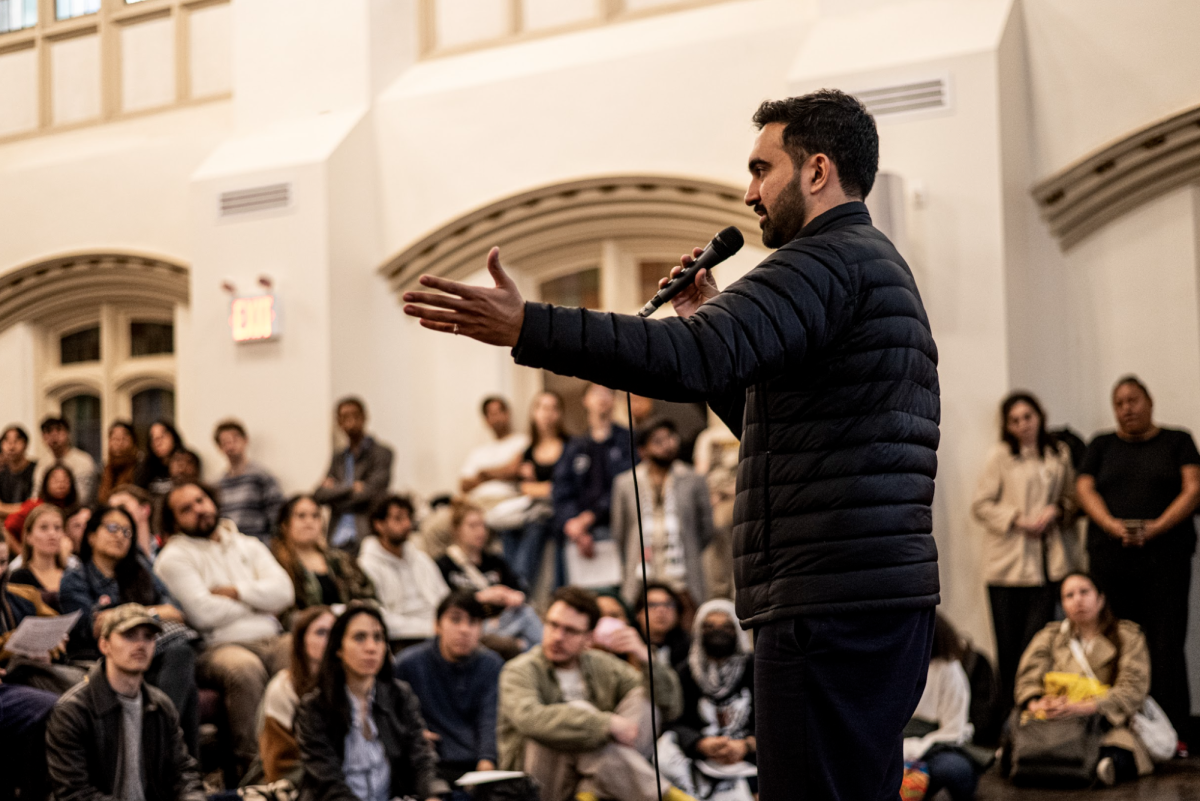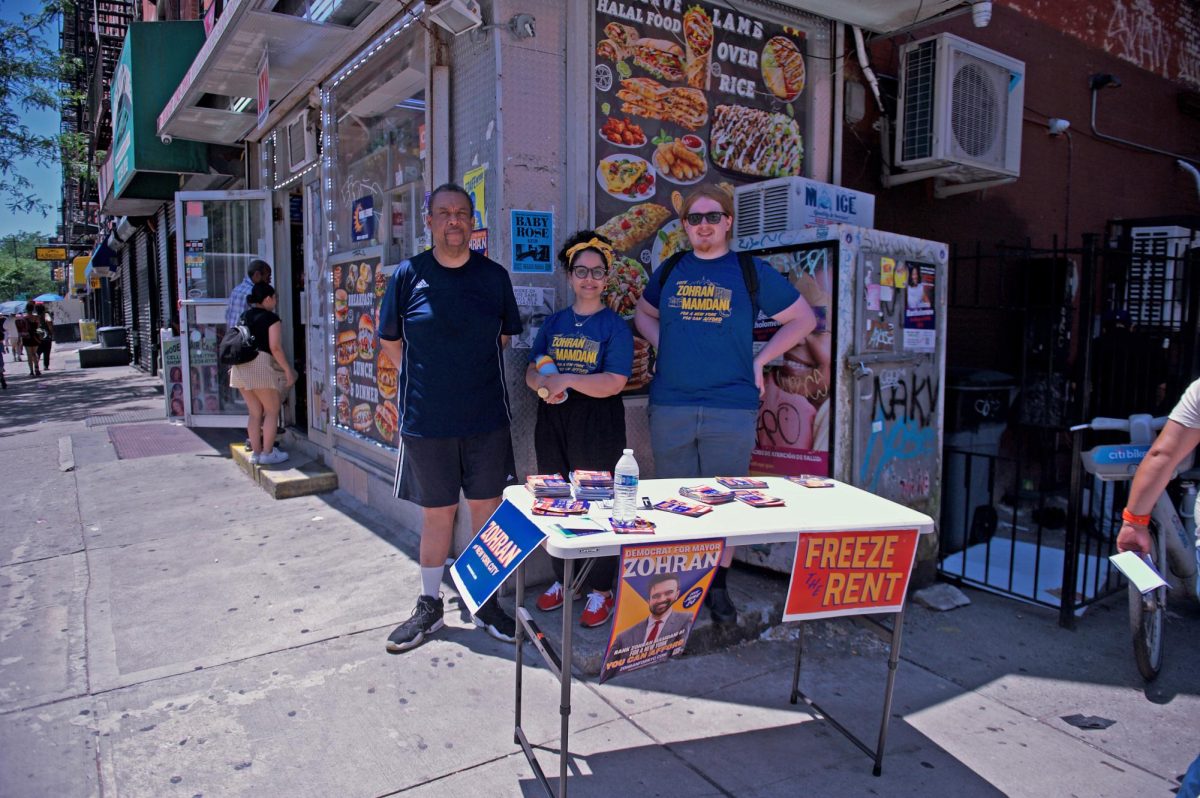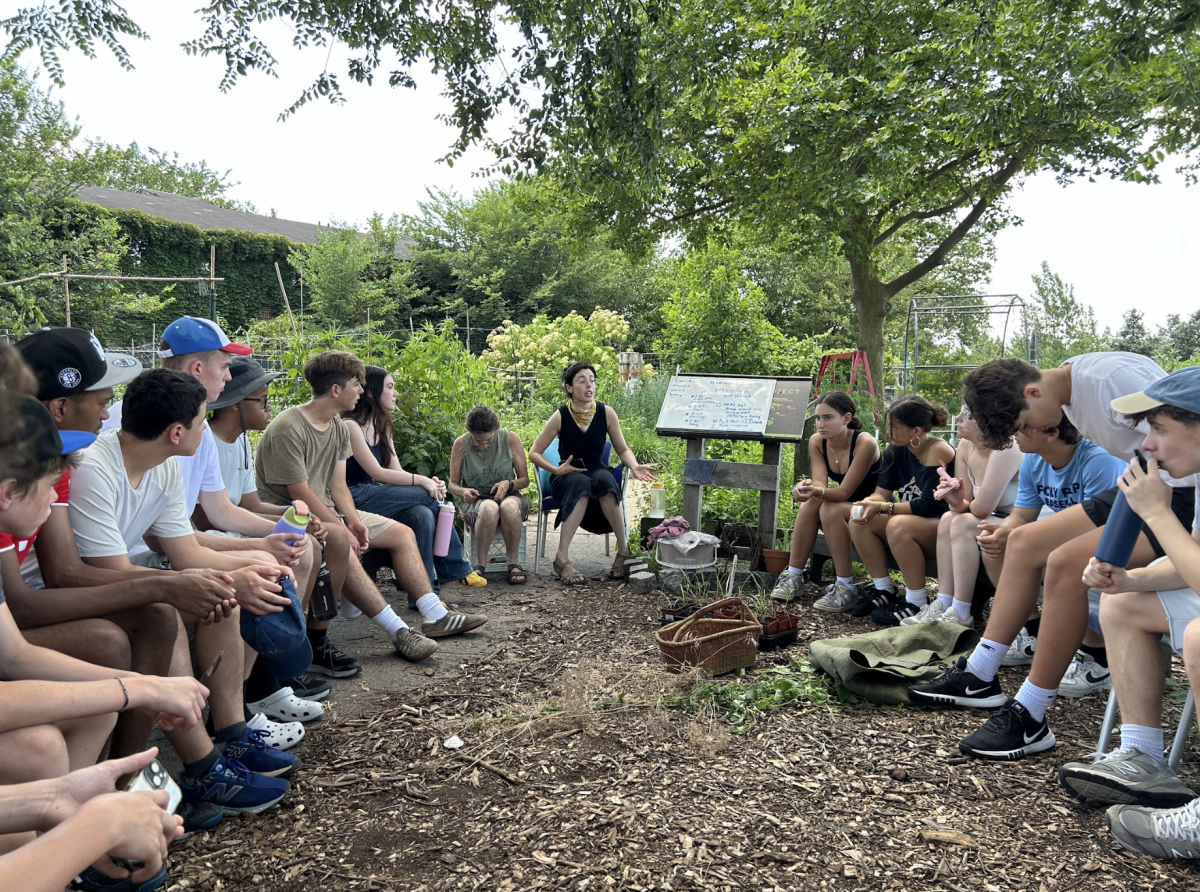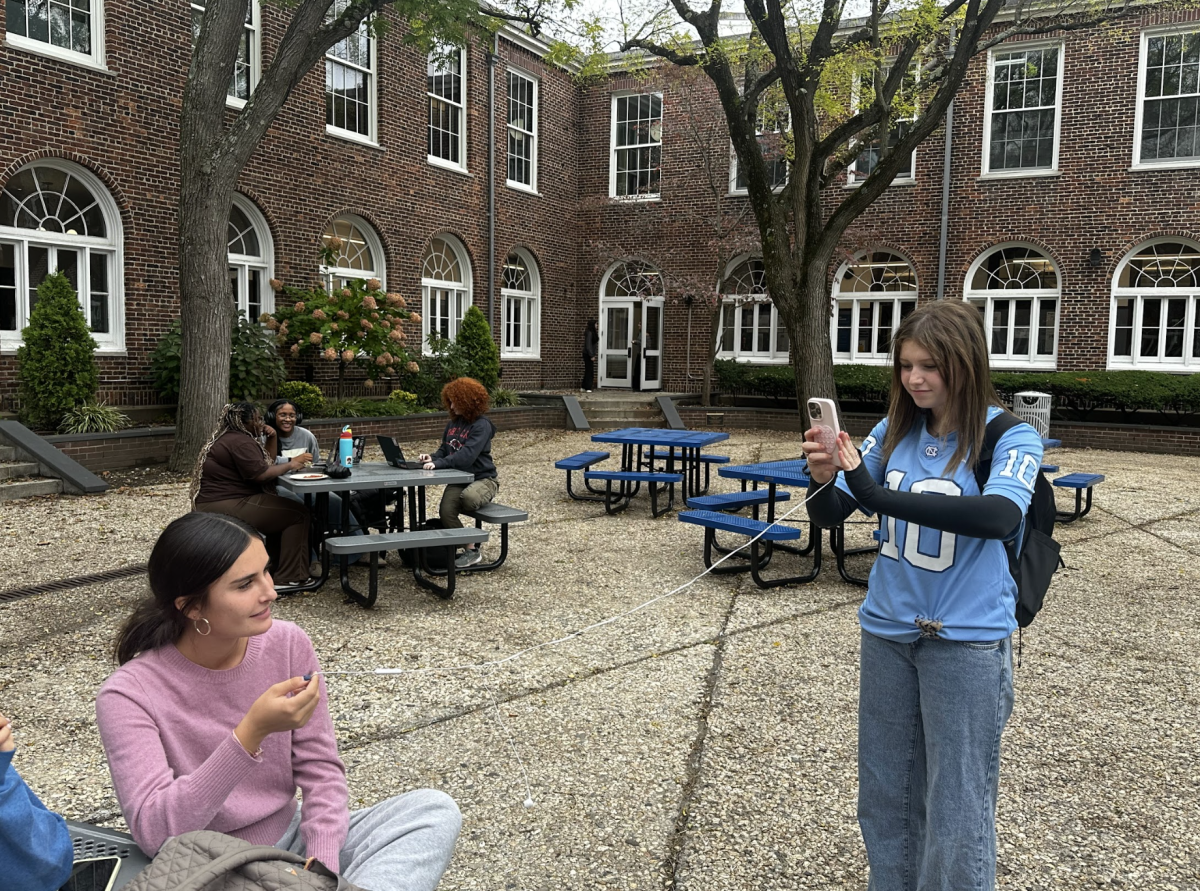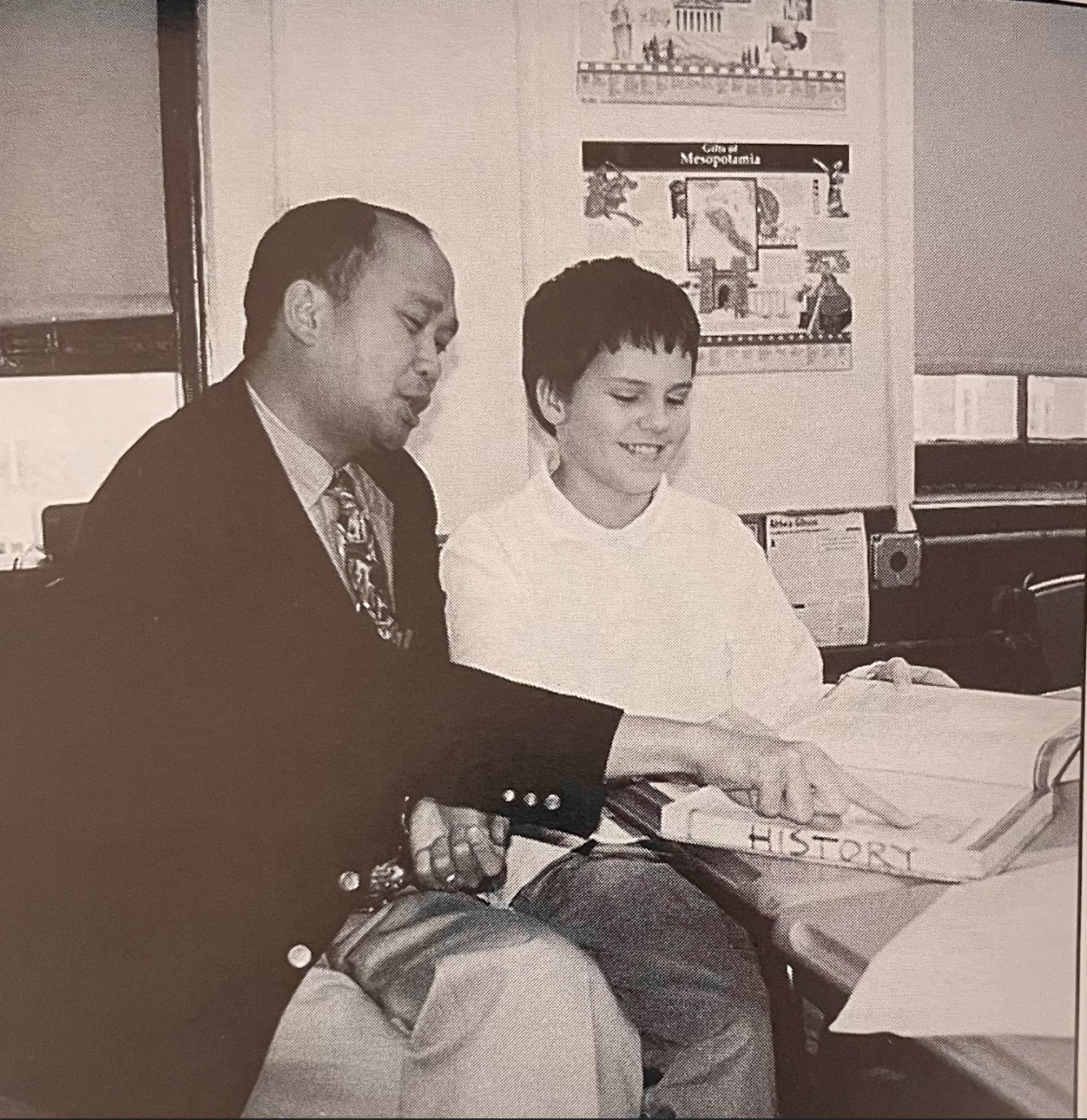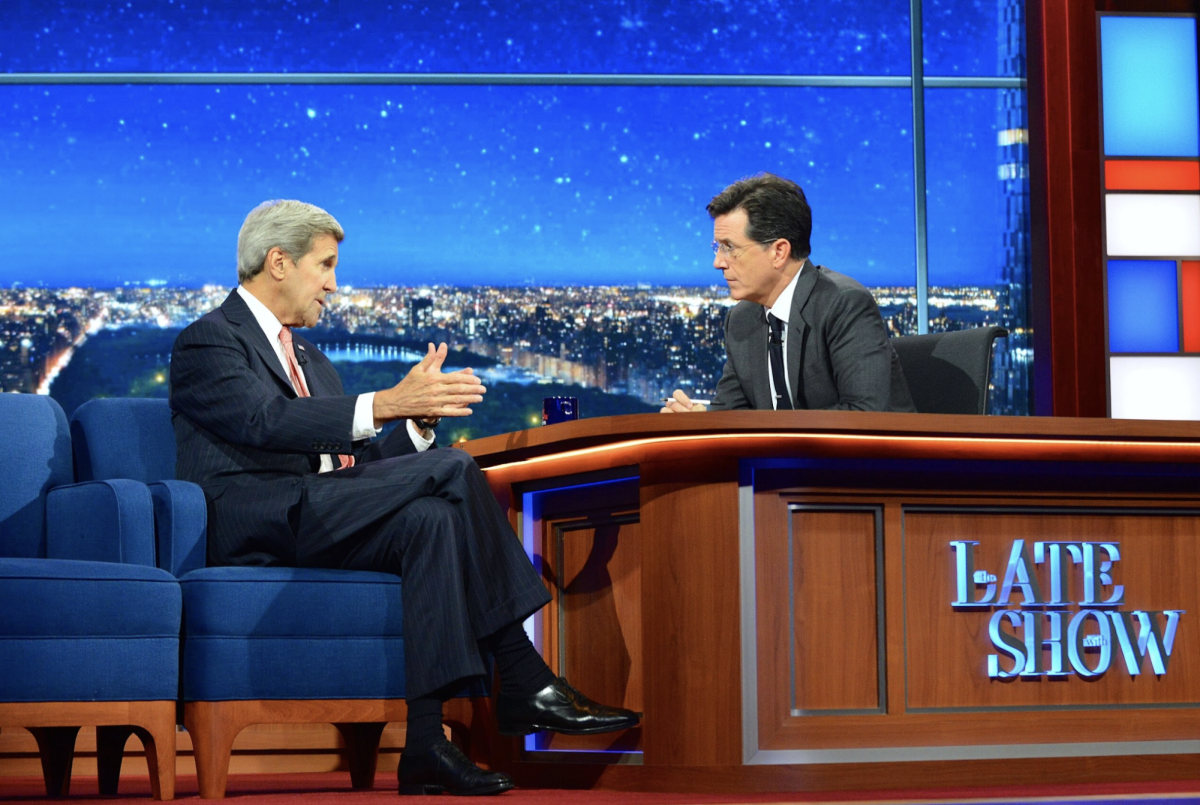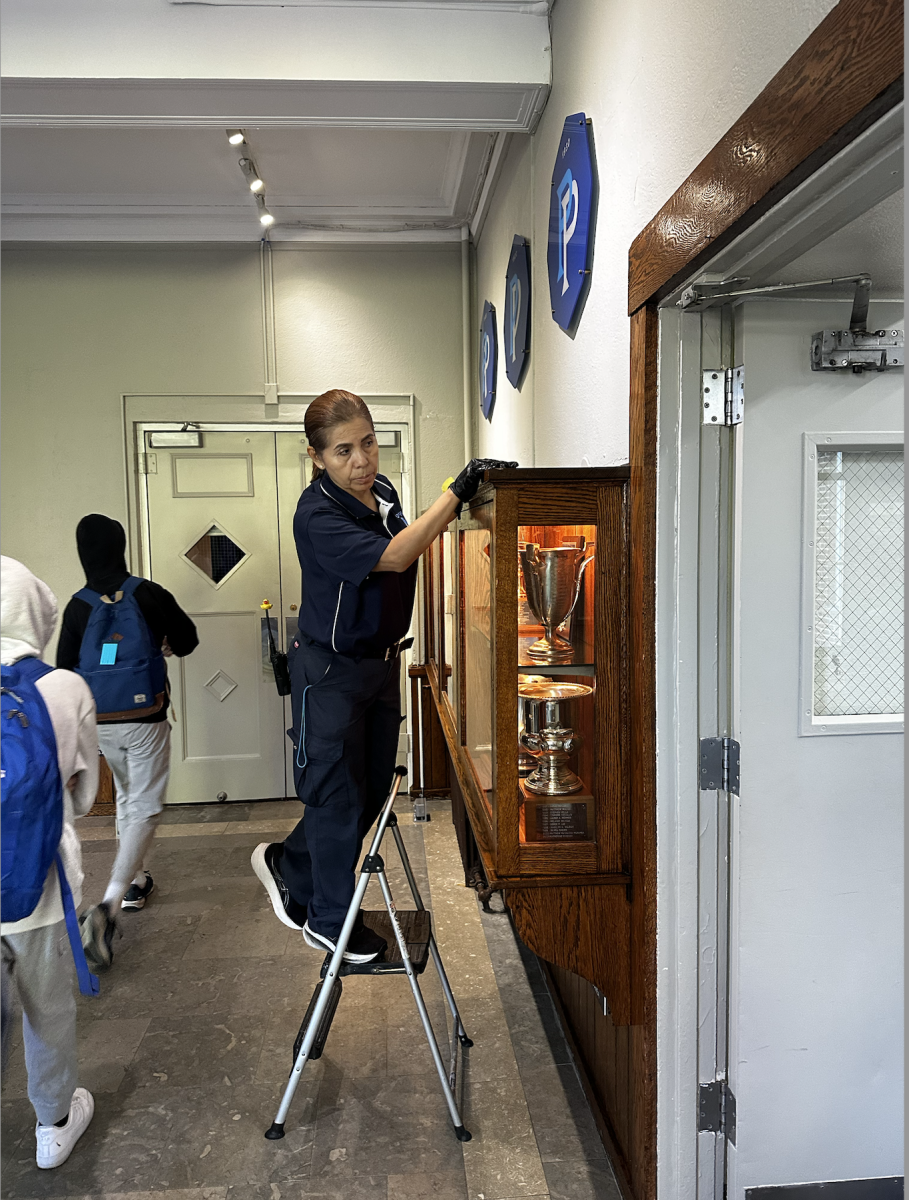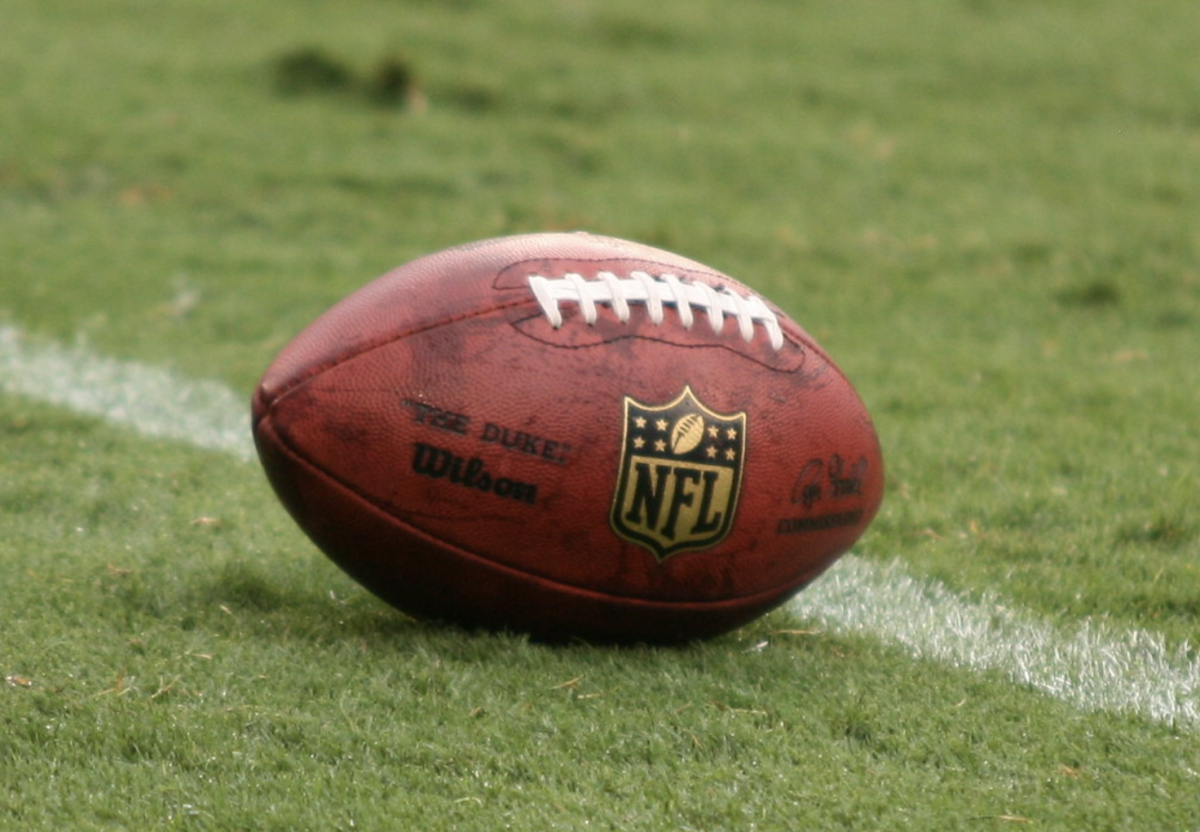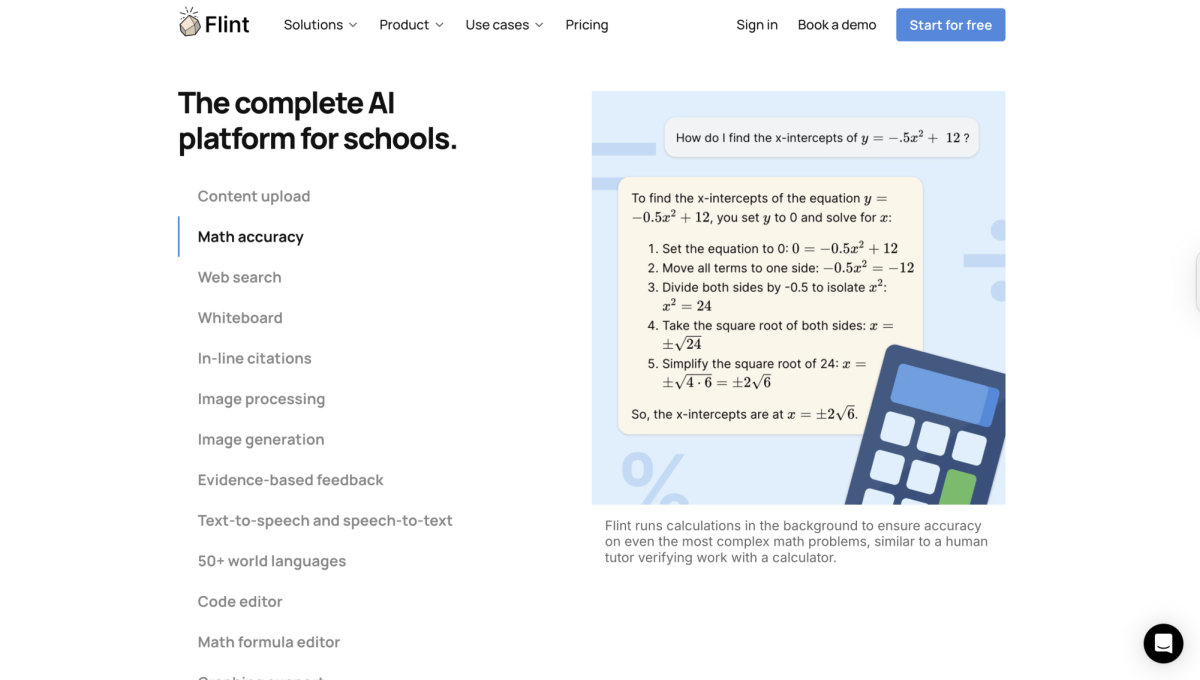The New York City mayoral election has shifted following Eric Adams’ recent withdrawal from candidacy as his voting base likely migrates to support other candidates. With the Democratic nominee Zohran Mamdani and Independent candidate Andrew Cuomo vying for the lead by slim margins, Adams’ withdrawal may have the capacity to alter the trajectory of the New York City election.
While the race initially had over a dozen candidates, this cycle’s mayoral election has since boiled down to three: Democratic nominee Zohran Mamdani, Independent candidate Andrew Cuomo, and Republican nominee Curtis Sliwa. While Sliwa ran unopposed from within the Republican party, Mamdani and Cuomo both ran as democrats in the June primary. Despite Cuomo being a long-term Democratic politician, an establishment Democrat and a former New York governor, the young New York assemblyman, Mamdani, was elected as the Democratic nominee by a 12 percent margin, according to ABC News.
Following his loss in the primary, Cuomo then joined New York City’s current mayor, Eric Adams, as an independent candidate in the election. Before Adams’ withdrawal from candidacy, early September polls showed Cuomo and Mamdani as the two frontrunners, with Mamdani receiving 46 percent of support from the potential voting base, Cuomo having 24 percent, Sliwa holding 15 percent and Adams with 9 percent, according to The New York Times statistics.
However, recent polls conclude that Adams’ departure may have closed the gap between Cuomo and Mamdani. While no new polling has been conducted since Adams officially dropped out and this article was written, an early September Quinnipiac University poll examined the landscape should he exit and found that Cuomo would receive a six-point increase while Mamdani would receive only a one-point increase. “That would leave Mamdani with 46% support among likely voters, Cuomo with 30% of support and Sliwa at 17%,” wrote a USA Today article. This would be a six percent increase in Cuomo’s support from when Adams was still in the race.
History Faculty Member and Head of Service Learning Elijah Sivin corroborated that this voter migration can be attributed to similar voting bases. He explained, “Cuomo also has this traditional, established democratic alliance with certain power brokers in the African-American community…so I think most of [Adams’] vote is going to Cuomo. They were in a similar lane.”
Regardless of who Adams’ voters flock to, Sivin added that he “can certainly see a very strong swing against Mamdani,” due to their contrasting platforms. While Adams took a centrist stance on the prominent political issues of affordability, transportation and housing, Mamdani is running as a young Democratic Socialist with ambitious policies that advocate for city-run grocery stores, free public transportation on city buses and stabilized rent, according to Mamdani’s campaign website. While Cuomo’s website also promotes “enhanc[ing] enforcement of rent-stabilization laws,” he does not, however, advocate for any changes to grocery stores or buses.
As two establishment figures, both Cuomo and Adams have often weaponized Mamdani’s leftism and youthful optimism to garner support from establishment Democrats. “[Mamdani] is positioning himself as someone who is so different from the federal government as it currently is,” explained History Department Chair Virginia Dillon. “And then you’ve got Cuomo and Adams, who both have longer histories,” she concluded.
However, some experts share that even with Adams’ exit, Cuomo may not have the support necessary to beat Mamdani. “I don’t know if this dramatically changes the overall narrative of the race,” said Dr. Basil Smikle, a Democratic political strategist and professor of public affairs at Columbia University, via ABC News. “If it were earlier in the summer or after [the] primary, I think there would have been a lot more time to frame that matchup between Cuomo and Mamdani,” he continued.
Democratic political consultant George Arzt furthered Smikle’s sentiment later in the same article, sharing that for Cuomo to catch up to Mamdani in pollings, “you’ve got to get Sliwa out,” which is unlikely given Sliwa’s determination to stay in the race. “There’s no dropping out,” Sliwa told reporters via City and State New York, a newspaper covering local New York and Pennsylvania politics.
Another consideration is that voters may not leave Adams at all when his name still remains on the November 4 ballot. “The deadline to withdraw his name has passed,” reported AP News, and his voters are therefore not required to migrate to another candidate.
However, Sivin concludes that both the outcome of the election and its impact are undecided. “It’s hard to know what the future will bring,” he said. While the election “might end up being sort of [a] big splash that doesn’t lead to much…it also [could] get off the rails more.”



